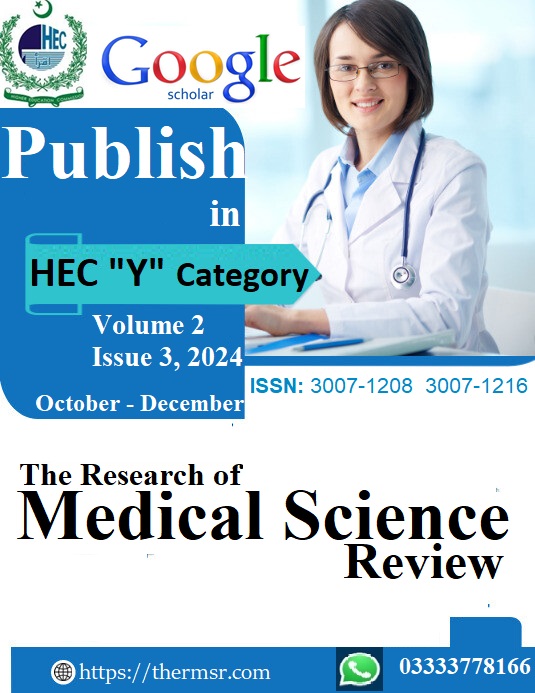DIVERSITY AND GUILD STRUCTURE OF SPIDER FAUNA FROM WHEAT FIELDS OF DISTRICT LARKANA, SINDH, PAKISTAN
Keywords:
Diversity, Guild Structure, Spider, Fauna, Wheat Fields, Larkana;, Sindh, Pakistan.Abstract
This study explored the complex dynamics of spider species diversity and distribution across wheat crop associations, with a specific focus on the Larkana district. The study was conducted in four specific regions dedicated to wheat cultivation, located at 27° 33' 30³ North and 68° 12' 40³ East. It covers the agricultural years 2021 and 2022 and involves extensive annual surveys. This study provides new knowledge by using the ecological guild concept to classify spiders according to their unique foraging techniques for shared resources. The main spider groups found in wheat crops are web-builders/orb weavers, wandering spiders, jumping spiders, and sheet-line weavers. Examination of spider communities at different growth phases of wheat harvests revealed noticeable changes in the overall variety and number of species, suggesting fluctuations in the availability of resources. The considerable influence of these spider groups on insect populations is responsible for the remarkable decrease in agricultural losses, which can be classified based on their specific nutritional preferences and foraging behaviors. This classification helps to identify how different species are distributed throughout wheat fields, showing geographical variation. Factors such as the location of the field (edges versus center) and the complexity of the wheat crop play a crucial role in influencing the outcomes. This study highlights the concept of "disparity," which encompasses differences in guild structures that indicate both competition and cooperation among guild members. The exceptional ability of spiders to hunt and capture pests that harm wheat crops has strengthened their ecological importance. The study used sweep nets, pitfall slope traps, and manual sampling to collect 4428 spider specimens. These specimens were then sorted into seven families, namely, Araneidae, Linyphiidae, Lycosidae, Oxyopidae, Salticidae, Tetragnathidae, and Thomisidae, using a systematic approach. This comprehensive strategy enhances the field of Integrated Pest Management (IPM). By applying the formula R = s/√N, we calculated a species richness of 0.471.The utilization of the Simpson Index and Biodiversity Index in biodiversity analyses provides a detailed representation of the wide range of spider species that flourish in the wheat fields of the Larkana area. These findings offer useful insights for ecological management and conservation endeavors in agricultural ecosystems.
Downloads
Downloads
Published
Issue
Section
License
Copyright (c) 2025 Imran Ali Soomro, Jawaid A. Khokhar, Tahira J. Ursani (Author)

This work is licensed under a Creative Commons Attribution-NonCommercial-NoDerivatives 4.0 International License.















